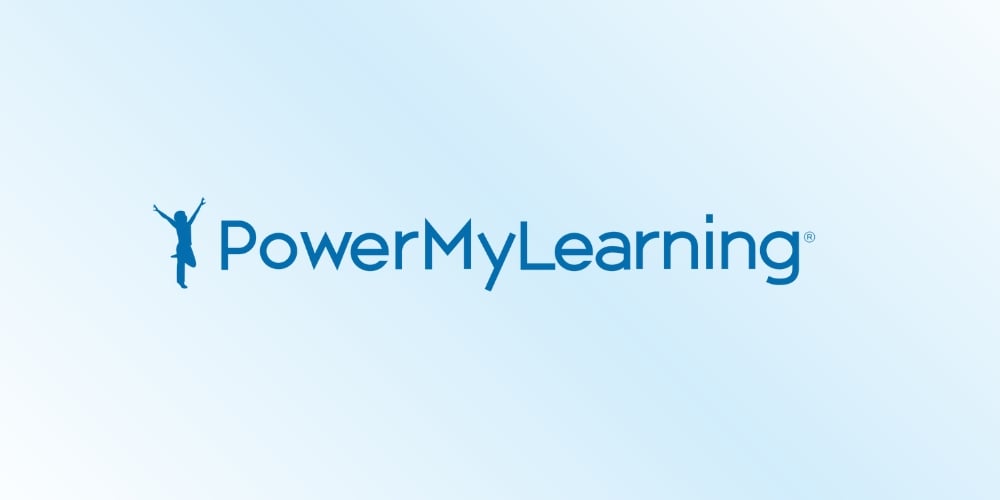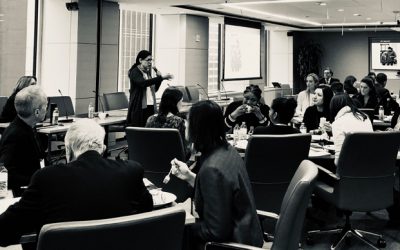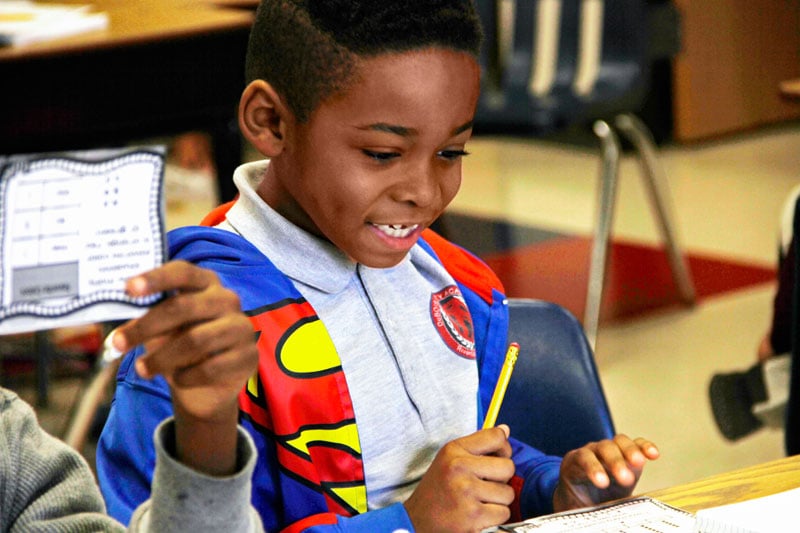Let’s be honest…
I think we need to have an honest discussion about the tension between supporting personalized learning and supporting learning communities.
I recently rediscovered a Harvard study that asked 10,000 middle and high school students what was more important to them, “achieving at a high level, happiness, or caring for others.” Only 20% of students identified “caring for others” as their top priority. This finding is rather frightening given that healthy communities need adults who, at pivotal times, will put the common good before their own. In short, we don’t seem to be preparing large numbers of youth to create healthy communities. Why is this happening?
Interestingly, the study’s authors argue that this outcome is a result of a “rhetoric/reality gap.” Most teachers and parents say that developing caring children is their top priority and rank it as more important than children’s achievements. Yet our youth aren’t buying it. About 80% said that their teachers are more concerned about achievement than caring for others. A similar percentage of youth perceive their parents as prioritizing their children’s happiness or achievements over their caring.
So how does all of this relate to personalized learning? Well, I worry about whether our nation’s approach to personalized learning is feeding into the same “rhetoric/reality gap.” Rhetoric: Almost every advocate of personalized learning says that it is important that students work collaboratively and care about each other (key interpersonal skills in the socio-emotional learning frameworks). Reality: Yet personalized learning often takes the form of a classroom with each student on his/her own device and ear buds on. This type of personalization may support mastery and may also support the intrapersonal aspects of socio-emotional learning (such as agency, self-regulation, and perseverance.) It typically does not support the interpersonal aspects of socio-emotional learning (e.g. working collaboratively with peers and caring about each other) and might even damage it.
I, for one, believe technology can foster learning environments that have it all — supporting both student mastery and the full range of socio-emotional learning skills, while still being personalized. To do so, we need to have a more expansive view of personalized learning – one that not only supports individualized learning but also supports peer-to-peer and group interactions. In classrooms that leverage a more expansive view of personalized learning, like the ones you would find in our partner schools, teachers might have students work together in groups on a tech-enabled activity and later work individually at their own pace using a Playlist designed just for them. Similarly, students may be encouraged to learn together during a teacher mini-lesson and later be given time to explore digital activities on their own.
So then I ask you these questions – does your view of personalization support community? What percentage of time would you spend on personalization that supports purely individual advancement versus personalization that promotes collaboration? How would you ensure your actions (as a teacher or parent) properly convey to kids that you care as much about their development as community members (empathy, caring) as you do about their academic achievement? In the Harvard study, the authors state “Somewhere along the way, it seems, we have lost our focus on what it means to be a part of a community.”
Let’s all work together to bring the importance of “community” back into focus.


